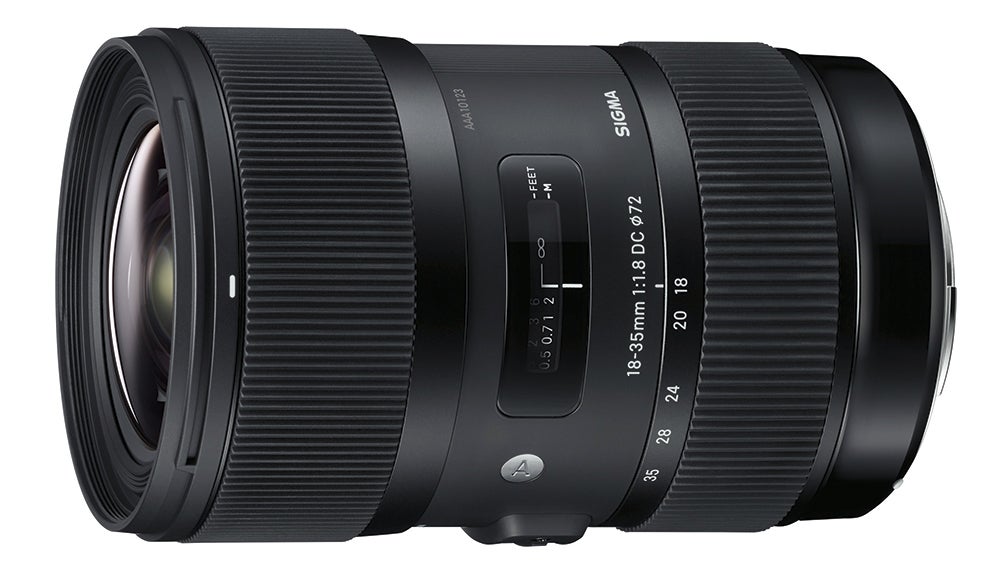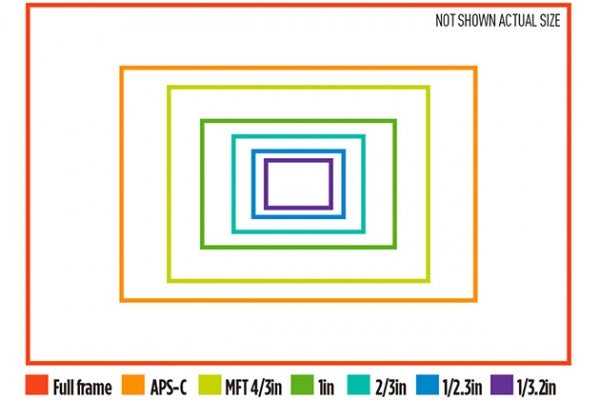Bob Newman looks at the advantages of the larger full-frame sensor
At the top end of the camera market there seems to be a concerted move, at least among the top three manufacturers, towards ‘full frame’, or, in more precise terms, ‘135 format full frame’. With a flurry of new-generation releases expected in 2016 from the two major manufacturers, the discussion surrounding new ‘flagships’ is beginning to warm up. The likelihood of an APS-C or DX (depending on brand) flagship should generate considerable discussion, so it’s worth considering what a larger sensor brings.
It’s often reasoned that a larger sensor brings higher image quality, and that’s true, up to a point. If we think of image quality being defined broadly by resolution and noise, then the larger sensor will often win on resolution, simply because the lenses don’t have to be as sharp, since they’ll be subject to less enlargement.
The issue of noise is slightly more complex. The major source of noise in digital photography is the particle nature of light itself. Light can be viewed either as continuous waves, or as particles or quanta of energy called photons. A digital camera is fundamentally a quantum device. Photons reflected by the scene being photographed are directed onto the sensor, where they dislodge electrons in the silicon, causing a charge to accumulate. This charge is proportional to the number of photons that have impacted and thus the amount of light. That charge is measured, pixel by pixel, to build up an image. However, the photons arrive randomly, so if just a few are collected, the image appears noisy. If there are many, the irregularity evens out and the tones in the picture appear smooth. Fundamentally, the noise in an image depends on the amount of light used to make it.

Ultra-fast lenses, such as this Sigma, widen the shooting envelope of APS-C systems by making shallower depth of field available
That is the advantage of a larger sensor – it can gather more light and form a less noisy image. But saying that it can is not the same as saying it has to. Often, photography is practised when there are constraints that limit how much light can be captured. If you need depth of field, the light captured is limited by the small aperture needed. If you’re trying to prevent motion blur, then light captured is limited by the shutter speed. If you’re constraining both depth of field and shutter speed, then the amount of light captured is constrained, and the noise in the image is set, regardless of sensor size. Only if you are free from those constraints will the larger sensor produce a less noisy image.
So, its advantage is not higher quality but a larger shooting envelope [the conditions under which a camera will work optimally] within which higher quality can be achieved, but only if you have the freedom to choose shallow depth of field or slow shutter speeds.
Bob Newman is currently professor of computer science at the University of Wolverhampton. He has been working with the design and development of high-technology equipment for 35 years, and two of his products have won innovation awards. Bob is also a camera nut and a keen amateur photographer.





